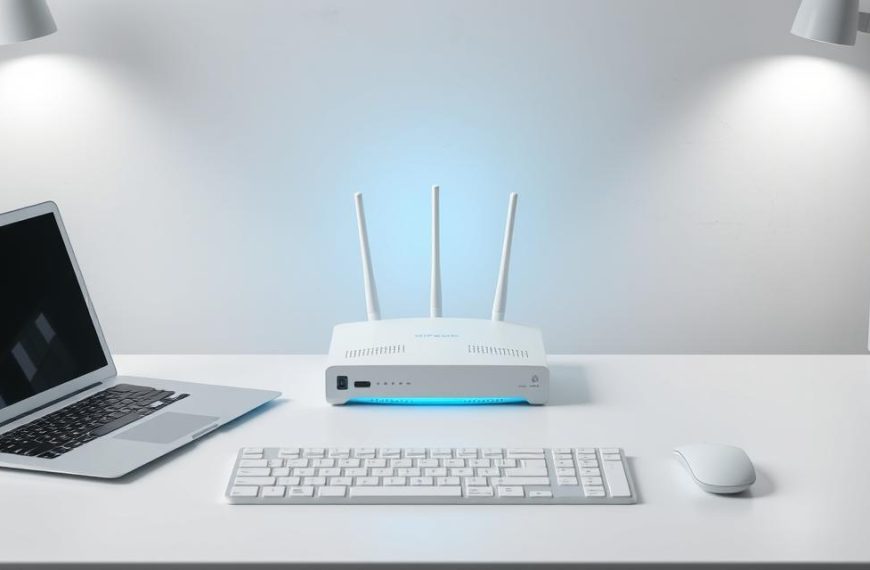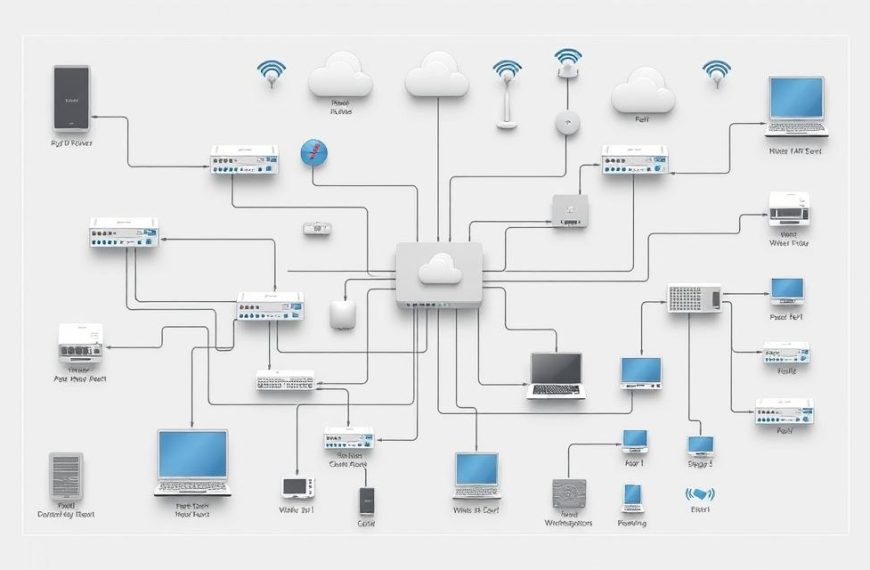Managing network permissions in Windows 10 can be tricky, especially when sharing files or folders across devices. Many users face challenges like the “Windows cannot access \computer name” error, which disrupts workflow and productivity.
Proper configuration is essential for seamless file sharing. Key components include enabling network discovery, setting up shared folders, and assigning user permissions. These steps ensure that devices on the same network can communicate effectively.
For example, a user might struggle to connect a Windows 10 PC to a Windows 11 laptop. Issues often arise from incorrect private network settings or disabled password-protected sharing. Understanding these elements can save time and frustration.
For detailed guidance on setting permissions, refer to this resource. It covers standard permission types and step-by-step instructions for granting access to folders.
Introduction to Network Sharing in Windows 10
Effective file sharing relies on proper configuration and permissions. In Windows 10, the network architecture is designed to simplify this process while maintaining robust security. Understanding the basics can help avoid common pitfalls.
Six standard permission types govern file and folder access:
- Full Control: Allows complete management of files and folders.
- Modify: Permits editing and deleting files.
- Read & Execute: Enables viewing and running files.
- List Folder Contents: Grants access to view folder contents.
- Read: Allows viewing files only.
- Write: Permits adding or modifying files.
Inheritance is another critical aspect. When permissions are set on a parent folder, they automatically apply to its child folders. This feature simplifies management but can lead to unintended access if not configured carefully.
The Security tab in the Properties dialog box is where these settings are managed. It provides a detailed view of user permissions and allows for precise adjustments. This tool is essential for maintaining control over shared resources.
“Properly configured permissions are the backbone of secure file sharing.”
Common use cases include department shared drives and student submission folders. These scenarios often require balancing accessibility with security. Challenges arise when mixing devices, such as Windows 10 and Windows 11, due to default permission differences.
| Permission Type | Capabilities |
|---|---|
| Full Control | Manage, edit, delete, and modify files |
| Modify | Edit and delete files |
| Read & Execute | View and run files |
| List Folder Contents | View folder contents |
| Read | View files only |
| Write | Add or modify files |
By understanding these elements, users can optimize their settings for efficient and secure file sharing. Proper configuration ensures smooth collaboration across devices.
How to Give Permission to Access Network Computer Windows 10
Configuring shared resources across devices requires careful setup. This process ensures seamless collaboration and efficient file sharing. Below are the essential steps to enable smooth communication between devices.
Step 1: Enable Network Discovery
Start by opening the Control Panel and navigating to the Network and Sharing Center. Here, configure advanced sharing settings for private networks. Enable both network discovery and file/printer sharing. This allows devices to detect each other on the same network.
For mixed OS environments, verify SMB 1.0/CIFS compatibility. This ensures older systems can communicate with newer ones. Proper configuration here lays the foundation for successful resource sharing.
Step 2: Share a Folder or Drive
Right-click the desired folder or drive and select Properties. Navigate to the Sharing tab and click Advanced Sharing. Check the box to share the folder and assign a share name. This makes the folder accessible to other users on the network.
Inherited permissions can simplify management. When enabled, child folders automatically adopt the settings of their parent folder. This feature is particularly useful for large directories.
Step 3: Set Permissions for Shared Folders
Return to the Properties dialog box and select the Security tab. Here, you can add users or groups via the Select Users/Computers/Groups interface. Assign specific permissions such as Read, Write, or Full Control.
For broader access, enable the Everyone group in the Local Security Policy (secpol.msc). This grants access to all network users while maintaining security through controlled permissions.
| Permission Type | Functionality |
|---|---|
| Full Control | Manage, edit, delete, and modify files |
| Modify | Edit and delete files |
| Read & Execute | View and run files |
| List Folder Contents | View folder contents |
| Read | View files only |
| Write | Add or modify files |
By following these steps, you can ensure efficient and secure sharing of files and folders across devices. Proper configuration minimizes errors and enhances productivity.
Troubleshooting Common Network Sharing Issues
Resolving network sharing problems can streamline productivity and collaboration. When devices fail to communicate, it disrupts workflows and creates frustration. Addressing these issues promptly ensures seamless file sharing and efficient teamwork.
Issue 1: “Windows Cannot Access \Computer Name” Error
This error often occurs due to credential mismatches or incorrect settings. Start by running Windows Network Diagnostics to identify the root cause. Common fixes include resetting IP configurations using commands like ipconfig /flushdns and netsh int ip reset.
Another solution involves adjusting the Computer Browser service and enabling Function Discovery resources. For insecure guest access, implement registry edits by setting EnableInsecureGuestAuth to 1. These steps often resolve the issue and restore access to shared folders.
Issue 2: Inconsistent Access Across Devices
Inconsistent access typically stems from mixed OS environments or misconfigured firewall settings. Ensure SMB 1.0/CIFS compatibility is enabled for older systems. Adjust the Local Security Policy (secpol.msc) to modify LM authentication levels.
Private network configurations also play a role. Verify that the network is set to private and enable SMB exceptions in the firewall. These adjustments ensure consistent access across all computers.
“Properly configured network settings are the foundation of seamless file sharing.”
| Issue | Solution |
|---|---|
| “Windows Cannot Access \Computer Name” | Run diagnostics, reset IP, enable insecure guest access |
| Inconsistent Access | Enable SMB 1.0, adjust firewall, set private network |
For more detailed guidance, refer to this resource. It provides additional insights into resolving common sharing errors and optimizing permission access.
Conclusion
Proper permissions are essential for seamless collaboration and efficient file sharing. Regularly auditing shared resources ensures that access remains secure and up-to-date. Advanced considerations, such as understanding the differences between NTFS and share permissions, can further enhance security.
Tools like the Shared Folders MMC snap-in and the Net Share command simplify management and troubleshooting. These utilities provide clear insights into shared resources and user access levels.
For persistent issues, a final checklist can help: verify network settings, ensure SMB compatibility, and confirm that windows firewall exceptions are enabled. By following these steps, users can maintain reliable and secure file sharing across devices.











